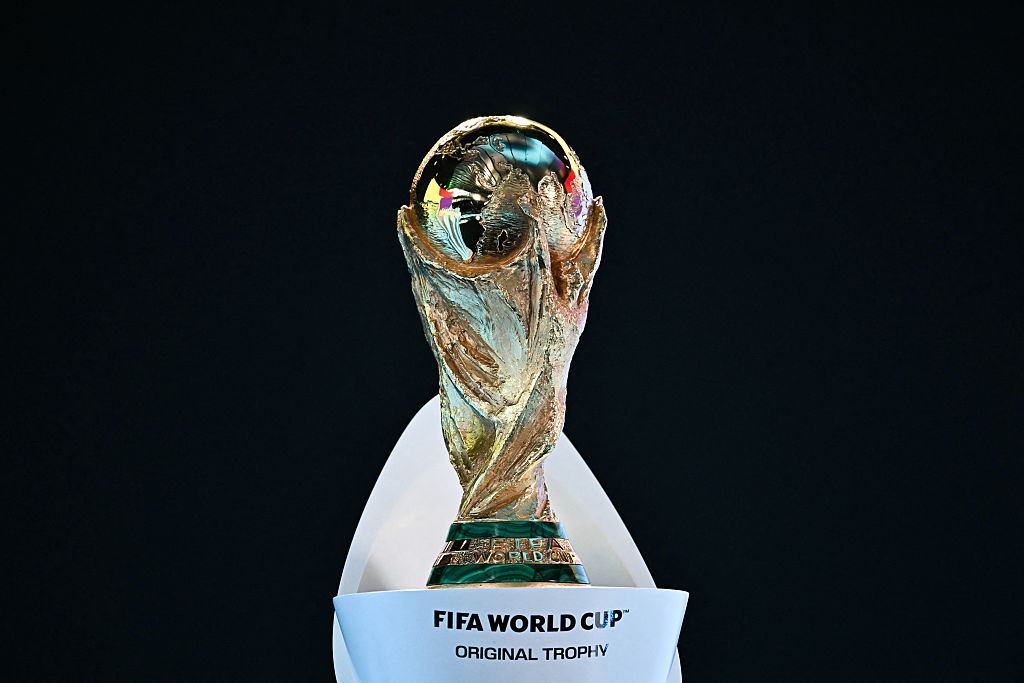Multi-tasking full-backs, or The Meaning Of Gio
The Netherlandsâ astonishing dismantling of Italy highlighted one fundamental, underappreciated truth about football: the full-back may just be the most important person on the pitch.
Replay that game without Giovanni van Bronckhorst and the Dutch have an edgy, if deserved, 1-0 victory. But his running, passing and heading accounted for two of the goals. The contribution he made â compared to Gianluca ZambrottaâÂÂs more marginal influence on events â was one of the crucial differences between the two teams and may explain why Chelsea have just upped their spending on full-backs to nearly ã45m with the arrival of Jose Bosingwa. (And they still have Michael Essien and Tal Ben Haim who can stand in as full-backs if necessary.)
Gio: an epitome, a paradigm, an archetype
Traditionally, the full-backâÂÂs job was to stop a winger by any means necessary â which, in England in the good old days, included kicking them in the shins and hoofing the ball into the legendary Row Z. But in the 1958 World Cup, BrazilâÂÂs full-backs, both called Santos, pushed up to deny opposing wingers space, a ploy which helped them conquer the world.
Attacking full-backs have been with us since the 1960s, when Helenio Herrera deployed Giacinto Facchetti to such devastating effect. As a left-back, he scored 60 goals in Serie A in the 1960s and 1970s, the most defensive, tactically sterile era in the history of the Italian top flight. Where Facchetti led, the likes of Terry Cooper, Paul Breitner, Hans-Peter Briegel, Roberto Carlos and Cafu have all followed.
Briegel, a converted striker, was legendary at Kaiserslautern and impressed for Germany in the 1980 European Championships, his athleticism, power and endurance making him seem like the first, as Richard Williams noted in The Guardian, of a new breed of super player.
Briegel (right): those legs were full of running
The best features, fun and footballing quizzes, straight to your inbox every week.
In the last few years, the attacking full-back has ceased to be an option and become a necessity. Andy Roxburgh, UEFAâÂÂs technical director, has a simple explanation for this: âÂÂAs tactics become more sophisticated and defensive blocks become more organised, the full-back may be the only player who has enough space to start the play.âÂÂ
The search for space is changing the nature of football and almost every role on the team-sheet. The popularity of the flat back four protected by one or two deep-lying midfielders has persuaded many coaches to stop playing two up front. Some midfield playmakers have retreated â look at where Pirlo plays compared to Maradona or Zidane â and almost every midfield now contains one or two screeners in the Makelele mould. With many teams falling into two walls of four when they donâÂÂt have the ball, attacking through the middle â as Arsenal so often try to do â can be a dodgy, camel/needle business.
The flanks are the most promising routes of attack. Roughly one in four goals scored in open play comes from a cross. The full-backs, working in tandem with clever, disciplined wide attacking players like Dirk Kuyt, can decide a game â as Manchester United discovered in 2007 when Milan tore them apart at the San Siro thanks in large part to the marauding Marek Jankulovski.
Jankulovski (foreground) celebrates another job well done
This shift may explain why, as the old bloke next to me at Combined Counties League games grumbles into his hot chocolate, âÂÂfull-backs canâÂÂt defend any moreâÂÂ. He puts it more colourfully than that but, as my son occasionally reads this, IâÂÂll spare you the Anglo-Saxon.
Maybe kicking a winger in the shins â or the contemporary equivalent thereof â isnâÂÂt the main quality coaches look for in a full-back anymore. Ashley Cole has, the odd lapse of concentration notwithstanding, been much more defensively disciplined at Stamford Bridge. But he seemed far more impressive flying down the flanks for Arsenal. (And have the Gunners ever really recovered from his departure?)
Obviously, full-backs canâÂÂt ignore their defensive chores â that way lies the puzzle that is Emmanuel Eboue â but they have to be genuinely multi-tasking, which, as women never tire of pointing out, can be difficult for us blokes.
But you can track the full-backâÂÂs growing importance in the rising prices they attract. And itâÂÂs not just Chelsea who are splashing out. The most expensive Chilean footballer ever is Arturo Vidal, a 21-year-old attacking full-back who joined Bayer Leverkusen for just under ã6m after impressing in the Under-20 World Cup. Such prices will, if the transfer market holds, keep climbing. And after the Dutch triumph, Roberto Donadoni must surely play Fabio Grosso against Romania.
